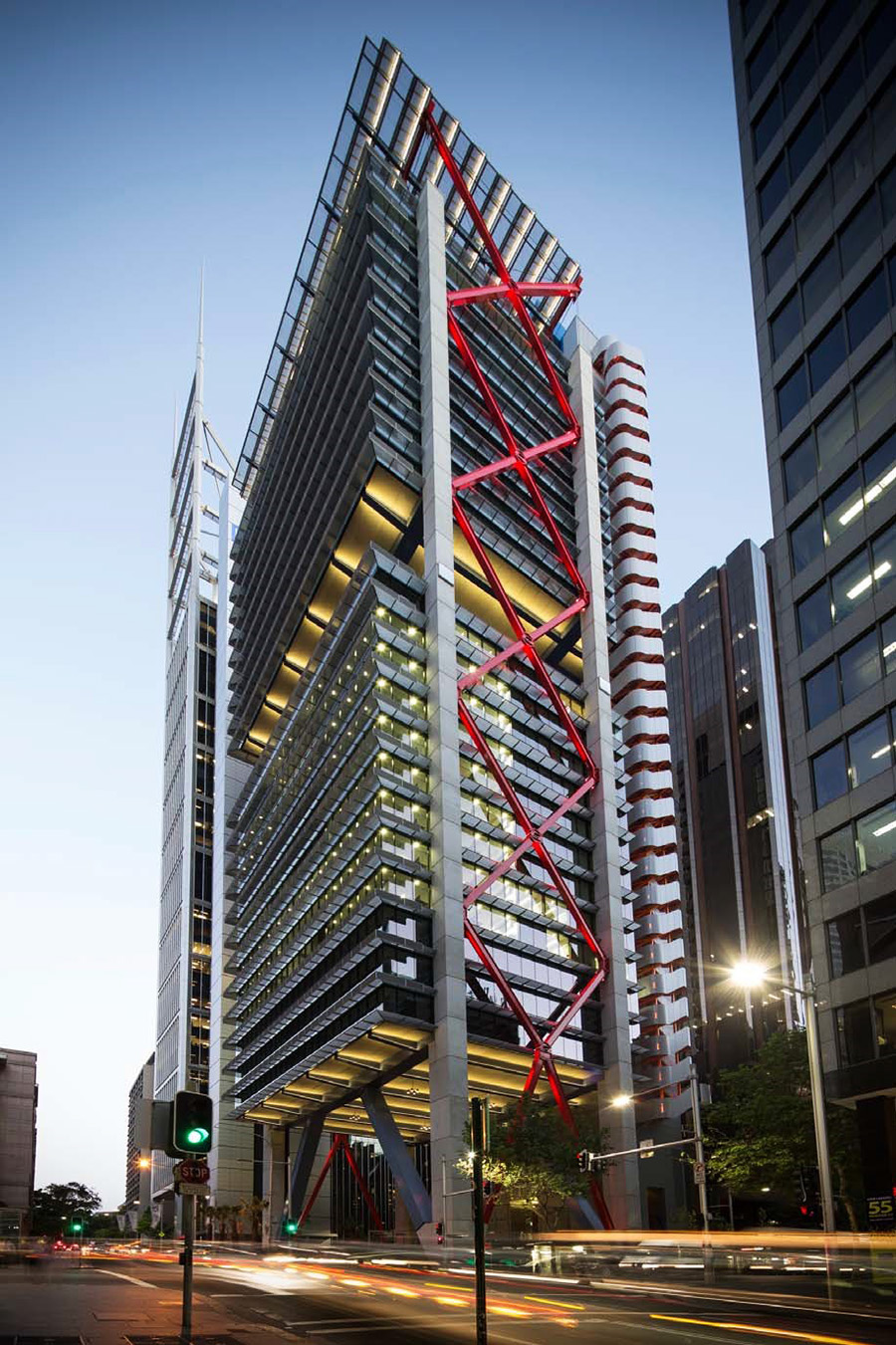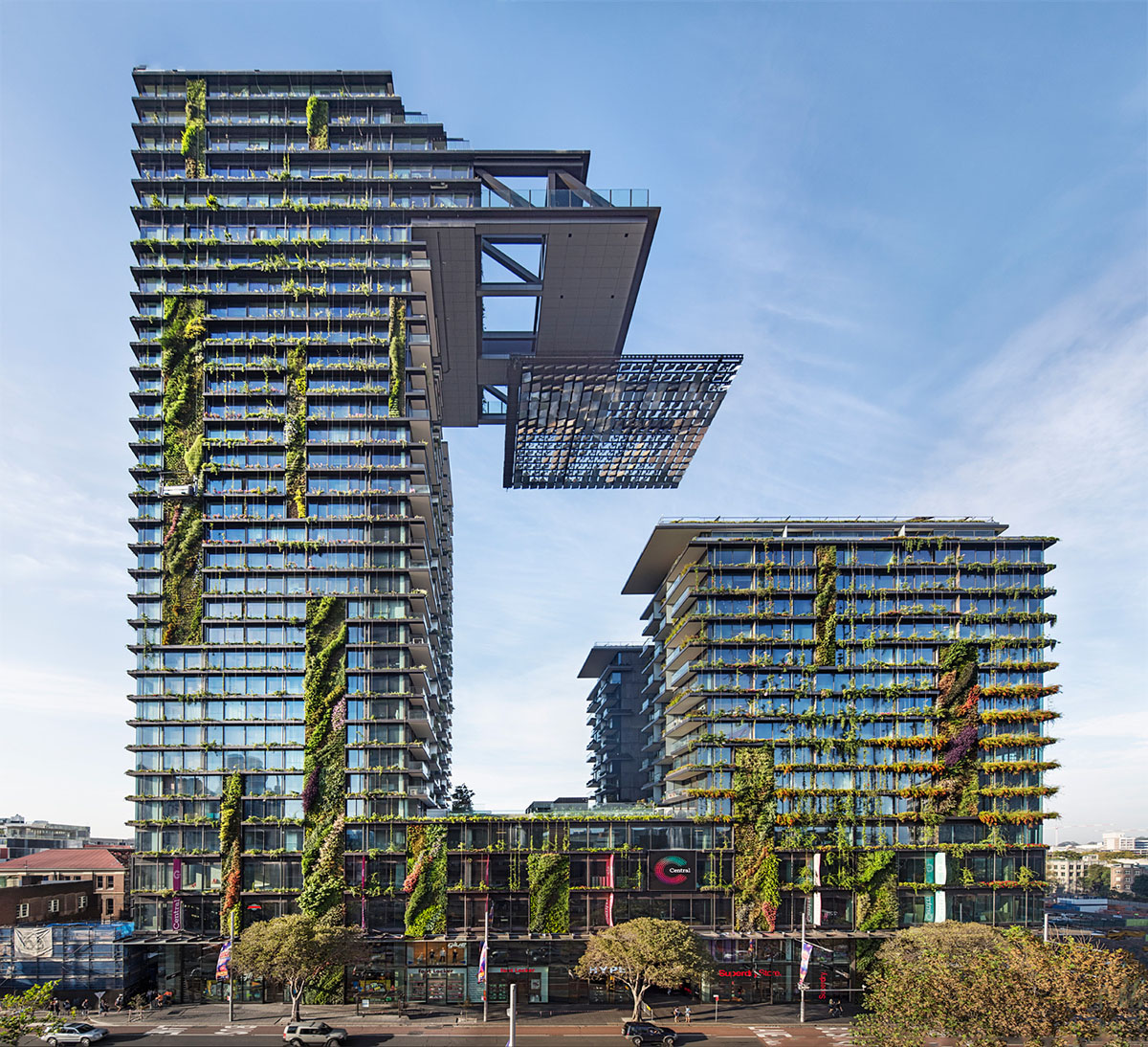Submitted by WA Contents
CTBUH’s 2017 Conference calls for Abstracts&Attendees on People, Density & Infrastructure
Australia Architecture News - Feb 02, 2017 - 13:39 15878 views

The Council on Tall Buildings and Urban Habitat (CTBUH) has officially launched its 2017 Conference: Connecting the City: People, Density & Infrastructure. The event will take place from 30 October – 3 November in Sydney, Australia, a city with a 230-year history in urban development that finds itself at the nexus of much of the current debate about cities: density vs. suburbanization; modernity vs. historical preservation; infrastructure vs. urban life; the high- vs. low-rise realms.
The age of the tall building as a single iconic piece of sculpture, standing in isolation from its surroundings, must now come to an end. We have a responsibility to ensure that these permanent urban structures engender a future-oriented urban response to the greatest challenges of our time: unprecedented population growth; mass urbanization; climate change; environmental degradation; social, political and economic change; and the rapid advance of myriad technical innovations.

8 Chifley, Sydney by Rogers Stirk Harbour + Partners. Image © Brett Broadman
The future of humanity on this planet relies on the collective benefits of urban density; reducing both land consumption and the energy needed to construct and operate the horizontally dispersed city. Tall buildings must now be the vehicles for creating increased density not just through sheer height, but by connecting multiple layers of the city.
Physical urban infrastructure, circulation, greenery, and urban functions traditionally restricted to the ground level would all, ideally, continue up and into the building, such that the buildings themselves become an extension of the city: a part of the two-dimensional horizontal urban plane flipped vertical.

One Central Park, Sydney by Ateliers Jean Nouvel; Urbis Pty Ltd. Image © Simon Wood
Of course, all buildings need to be considered for their sculptural qualities, but the form and aesthetics should result from a consideration of the local culture and climate, and a desire to create a new, locally relevant, high-rise vernacular, rather than stand out as attention-seeking entities.
We must put the development of the city as a menagerie of self-cancelling iconic gestures, each competing for attention, behind us, and also reject the standard commercial “box” template for skyscrapers, which has been homogenizing cities around the world. Above all, it needs to be remembered that these buildings are built to accommodate people, in multiple modes of activity, and a new, more humanized model for the skyscraper needs to develop; a softer model incorporating human scale, communal spaces, and nature.

Quay Quarter Tower, Sydney by 3XN. Image © 3XN
The CTBUH 2017 Conference will thus be inquiring far beyond the tall building as icon, to debate a new set of guidelines and responsibilities toward skyscrapers becoming “connectors” in the city. The discussion will embrace every discipline, from urban planning to cost consulting, architectural design to vertical transportation, real estate development to curtain wall design. There is no better place for this discussion than Sydney; a city with a 230-year history in urban development that finds itself at the nexus of much of the current debate about cities: density vs. suburbanization; modernity vs. historical preservation; infrastructure vs. urban life; the high- vs. low-rise realms.
Through developments such as Barangaroo, Central Park, Sydney Metro, and Parramatta Square, the city is largely reinventing itself. This is symptomatic of what is happening in several global cities around the world such as New York or London, which are seen as “safe harbors” for significant real estate investment, coming from a multitude of external, as well as internal, sources – most notably Asia.

1 Bligh Street, Sydney by Ingenhoven Architects/Architectus. Image © Ingenhoven Architects+Architectus/H.G Esch Ennef
With its breathtaking combination of harbor, skyline, and opera house as a backdrop, and the famous Antipodean welcoming charm of its people, there is no better place for this debate at this specific time than Sydney.
Thus, join CTBUH's south of the equator this year for the CTBUH 2017 Conference, for a truly global gathering to debate what the future holds for tall buildings and urban density.
CTBUH Steering Committee Co-Chairs involve Ken McBryde, Principal, HASSELL, Jeff Morgan, Associate Principal, Grimshaw Architects, Philip Vivian, Director, Bates Smart and Antony Wood, CTBUH Executive Director / IIT / Tongji Univeristy.
In addition to the Conference Secretariat, three important committees will assist with aspects of the Conference, as outlined below. All committee members need to be CTBUH members at either the organizational or individual level. If you are interested in getting involved in a committee, please contact [email protected].
Theme & Call for Speakers
The 2017 conference will convene speaking and “pecha kucha” presentations, program rooms, exhibitors, and panel discussions, focused on the overall conference theme Connecting the City; People, Density & Infrastructure. After a plenary session each morning, up to ten parallel speaking tracks will operate.
CTBUH members of all disciplines interested in presenting at the event are encouraged to submit an abstract to the CTBUH Expert Peer Review Committee using the on-line portal by the 17 March 2017 deadline, showing how their proposed presentation will address the conference theme and synopsis. All abstracts will be subject to rigorous peer review before acceptance into the conference program.
NOTE: No paper substantiations will be required for the 2017 conference – only abstract submissions.
Get more info about submission procedure from here.
For each accepted presentation, one presenter will be eligible to register for the conference at the subsidized presenter registration rate.
NOTE: All presenters at the 2017 Conference must be CTBUH members at either the organizational or individual level. To see if your company is already an organizational member of the CTBUH, see the full list here.
Download Conference Brochure to see Deadlines, Fees and detailed info about 3-day program.
Previous CTBUH Conference presentations included Jean Nouvel- Architect, Ateliers Jean Nouvel, Santiago Calatrava-Founder, Santiago Calatrava Architects & Engineers, Rem Koolhaas-Founding Partner, OMA, Bjarke Ingels-Founding Partner, Bjarke Ingels Group, Irvine Sellar-Founder, Sellar Property Group.
The CTBUH recently unveiled its annual detailed report on completed Tall Buildings across the world. In November 2016 , the CTBUH announced the winners of Best Tall Buildings in the world at the 15th Annual CTBUH Awards celebrated on November 3, 2016.
World Architecture Community also featured CTBUH's 2016 International Conference on Cities To Megacities: Shaping Dense Vertical Urbanism, which was held in Shenzhen, Guangzhou, Hong Kong between 16-21 October, 2016.
Top image courtesy of CTBUH
> via CTBUH 2017
